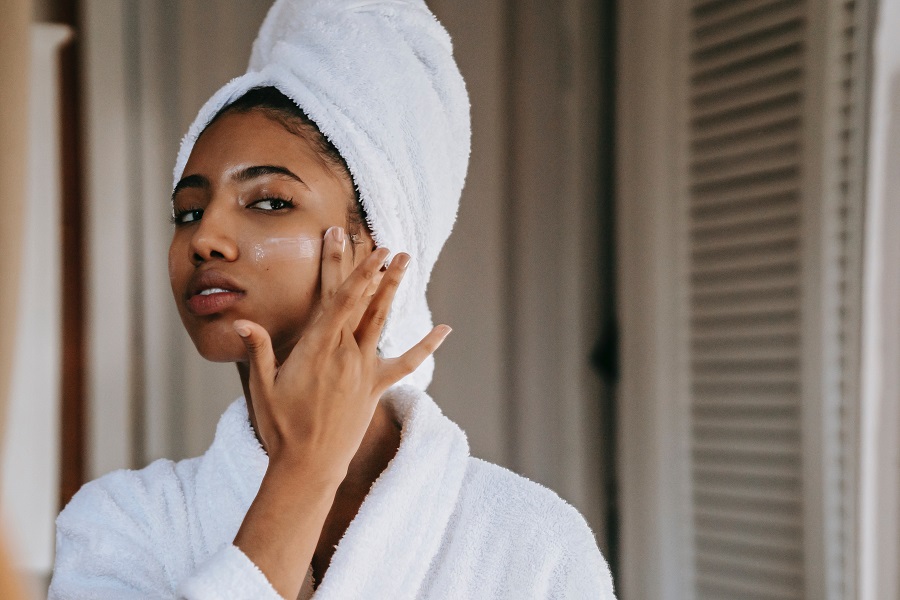
PURSUIT OF THE PERFECT, PLUMP POUT
Kylie Jenner, Angelina Jolie, and Sophia Loren – what do all of these women have in common? They all have a beautiful, plump pout we can’t easily forget. They’re symmetrical, plush, and lovely, drawing us in and making us wish we had lips like that ourselves.
Unfortunately, few of us are born with naturally perfect lips, but that doesn’t mean you can’t compete. Lip injections like Juvederm, Voluma, Restylane and Belotero plump the lip gently, boosting volume and smoothing skin to give you that perfect, plump pout you’ve always wanted.
We love these treatment options because they help us help patients to improve their appearance and their confidence. But it’s also important to note that lip injection formulas are prescription medications, and that means they can come with side effects and contraindications. Having injections is as much a medical procedure as it is cosmetic, so it’s important to know what you’re getting into.
You’re in pursuit of the perfect, plump pout. We’re in pursuit of helping you understand the treatment process so you have the best chance of success. Here’s what you need to know to ensure great results.
PEOPLE AND POUTS ARE UNIQUE
The biggest misconception in cosmetic lip injections, especially with regard to fillers, is that the after-effects and results are the same for everyone. This is like saying every moisturizer or facial is right for every person; it’s just not true. People have unique skin types, unique levels of skin damage, and even unique facial symmetry or non-symmetry that can influence everything from recovery times to volume results.
What this means for you is that you shouldn’t assume that just because your friend had a great experience, you’ll have a great experience, too. Similarly, if your friend suffered rare complications, that doesn’t mean you’ll experience the same issue if you choose to use fillers.
Instead, you should do your research and be sure you understand the possibilities, including just how rare or common side effects are. Then, you should speak with your treatment provider to get a better idea of just how at-risk you really are, as well as gaining insight on mitigating risks. Often, what sounds dramatic or concerning really isn’t as much of a concern as you might think.
SWELLING AND INFLAMMATION AFTER LIP INJECTIONS
The human body is incredible. The second your immune system detects broken skin, it sends white blood cells and leukocytes to the area to help defend you from potential infection or further injury. In any other situation, this is desired; without it, you’d succumb to a serious infection before you even reached adulthood.
Swelling and inflammation is the body’s method of bringing more fluid and circulation to a location to improve healing. Unfortunately, it is remarkably common for patients after lip injections with fillers, especially the first few times.
This can make your goal of a natural-looking voluminous lip seem dashed for the first week or two, but know that such reactions do pass. Never assume that initial swelling paints an accurate picture of how your lips will look once you heal.
Sometimes, swelling also brings bruising, redness, and other symptoms. This, too, is the body’s way of improving healing at the site and warding off infection. Patients who experience these symptoms most often see them resolved within two to three days or even overnight.
DRYNESS, CHAFING AND CRACKING
Most patients who have filler injections report their lips feeling softer, plumper, and more moist directly after treatment. This makes sense; lip fillers are made with a substance known as hyaluronic acid, which attracts water. Plus, inflammation and swelling also increase localized fluid storage at the same time.
Theoretically, this should mean that your lips become better hydrated. But a small number of patients just seem to struggle with dryness, chafing, and cracking after injections, and that dryness can last longer than just a few days.
Understanding why this happens can be difficult. It’s even harder to predict, but we do know that patients with sensitive skin and prior reactions to cosmetics, or dry winter lips, may have a higher risk for dryness and chapping than others.
MORE SWELLING INCREASES RISK FOR DRYNESS
We also know there’s a link between how much you swell and how likely you are to experience dryness. Severe swelling stretches the skin, potentially compromising its integrity or creating micro-abrasions that impact your body’s ability to hydrate the area. You lose more moisture at a faster rate, resulting in drying.
There’s also the issue of inner lip dryness after injections. Injections change the shape of your lip, and may result in the area where the outer lip meets the inner The oral mucosa dryness coming forward slightly. This is the “inner circle” that most people check for lipstick after applying cosmetics so the lip product doesn’t transfer onto the teeth
Oral mucosa is extremely sensitive. It’s used to being moist via constant exposure to saliva; when that exposure ends, it tends to become dry, chafed, or even itchy. For a fast (albeit slightly silly) example of what we mean, stick just the tip of your tongue out and wrap your lips around it tightly. Leave it in place for about 30 seconds; it instantly starts to become dry and feel uncomfortable without access to saliva.
In the case of lip shape adjustments that impact oral mucosa, the dryness is transient. Your body just needs time to turn over those cells and change them into the same sturdier cells found on your exterior lip. Most evidence shows that cell turnover takes around 28 days. In the meantime, you can use clear lip balms or matte lipsticks to protect and nourish the area.
SKIN NUMBING AGENTS AND DRYNESS
Sometimes, it isn’t a change in lip shape or even swelling and inflammation that causes dryness and cracking. Some treatment providers have suggested that the real source of the problem is the numbing creams and agents we use to reduce pain during injection treatments.
The two most common numbing agents are lidocaine and benzocaine, which can either be mixed with fillers and injected or applied topically to the lip. These products greatly reduce pain during injections, but they also cause vasoconstriction, meaning blood vessels tighten and shrink up. It’s possible, but unlikely, for this process to cause a temporary drop in circulation, resulting in additional dryness or skin compromise.
If you have ever had a reaction to the numbing agent used in dental procedures, or the injectable numbing solution given during stitches, you may have a higher risk for dryness after lip fillers. Sensitive skin and/or a predisposition to dry lips may also make you more likely to react, but such reactions aren’t guaranteed. Even if dryness does happen, using barrier products like vaseline or a high-quality lip cosmetic with emollients is usually enough to fix the problem.
 None
None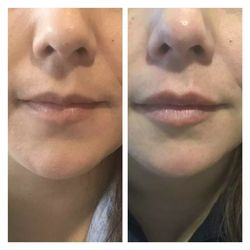 None
None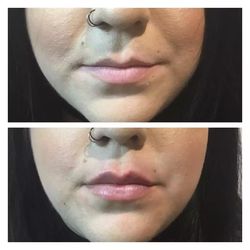 None
None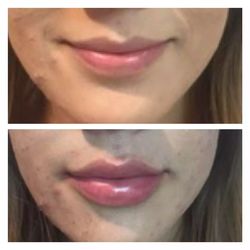 None
None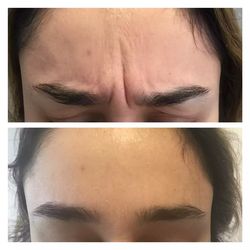 None
None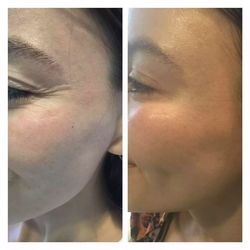 None
None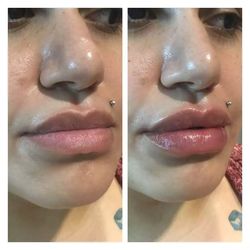 None
None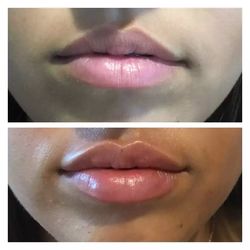 None
None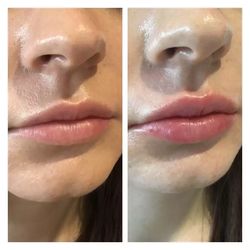 None
None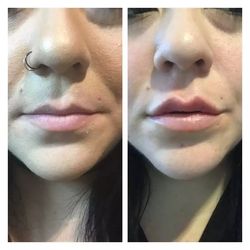 None
None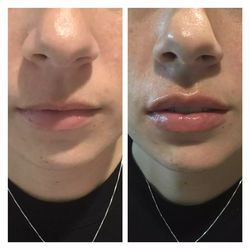 None
None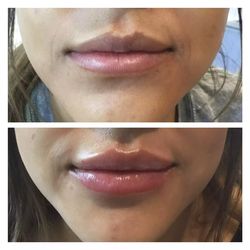 None
None None
None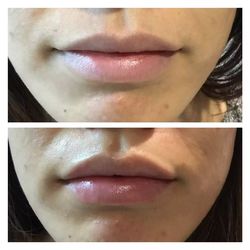 None
None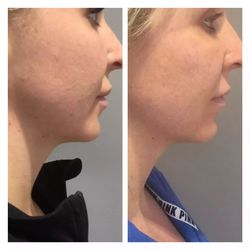 None
None None
None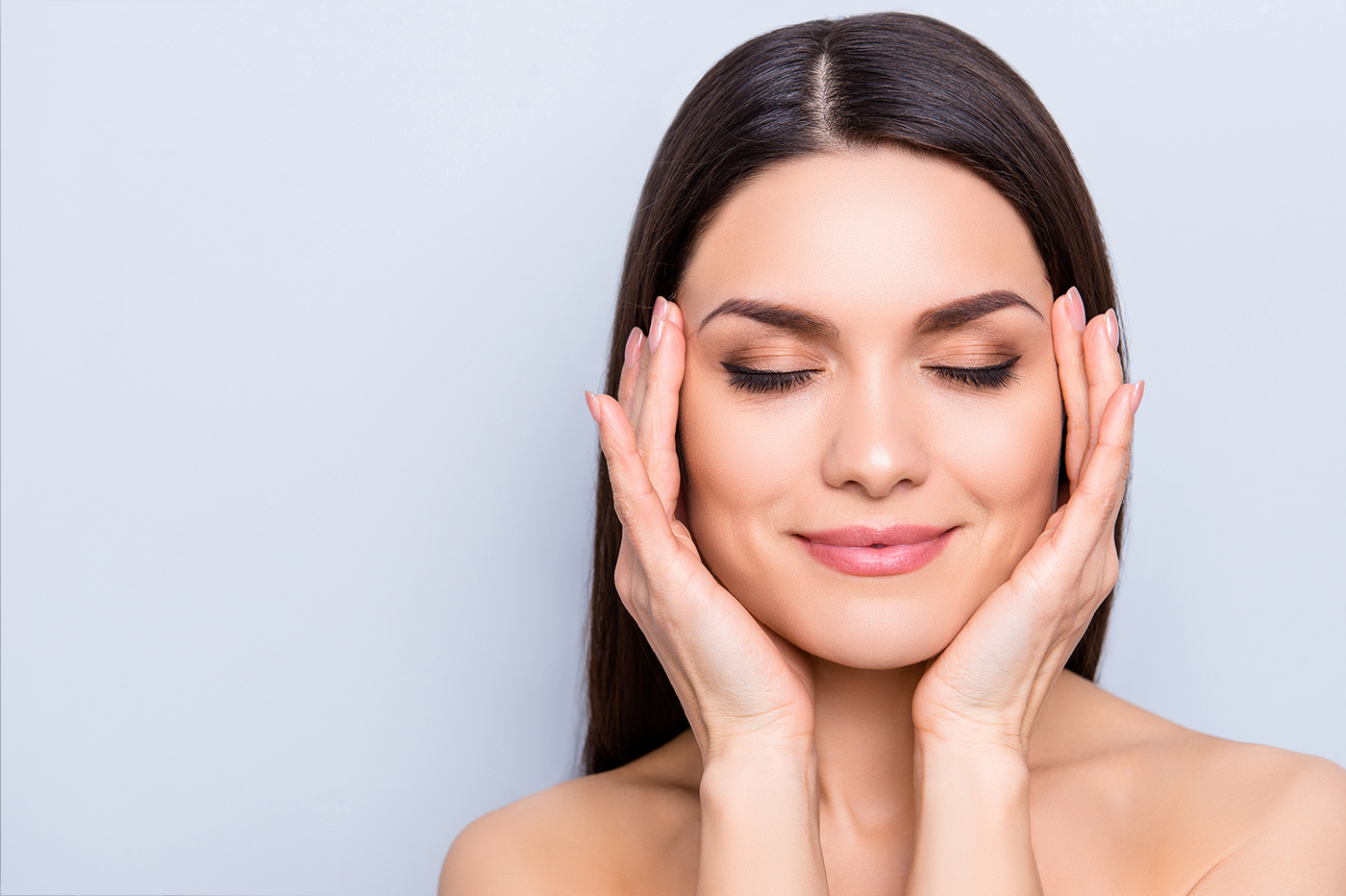
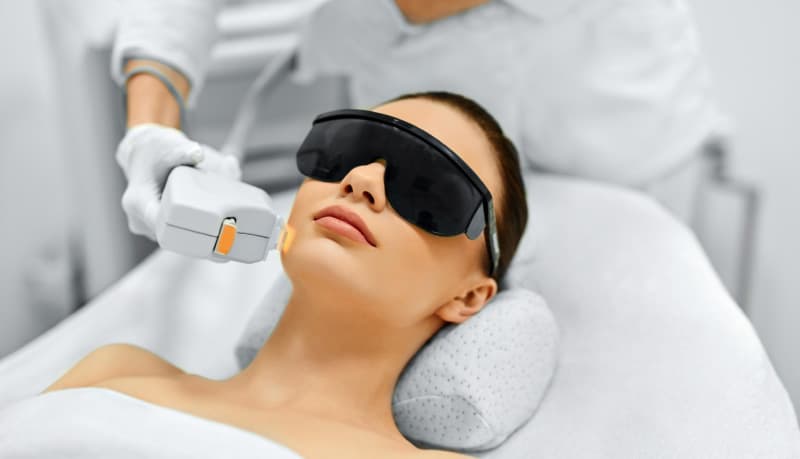

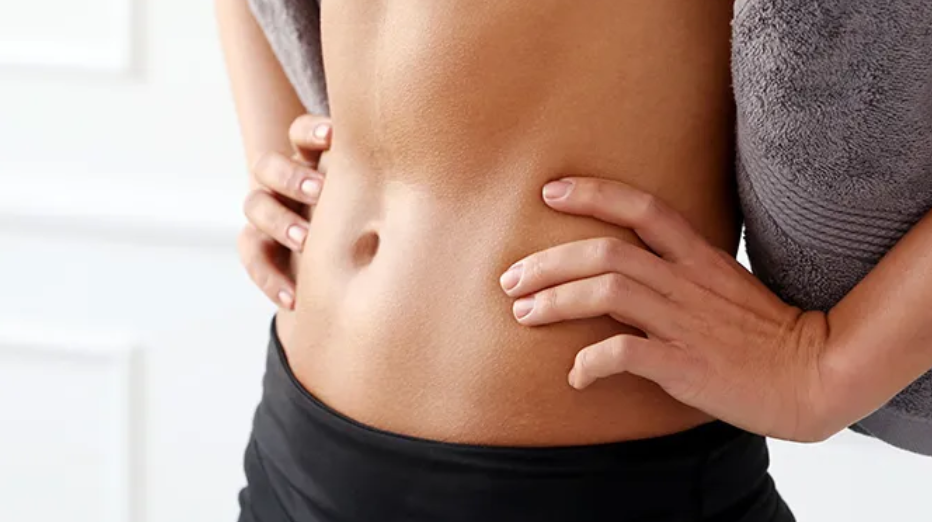
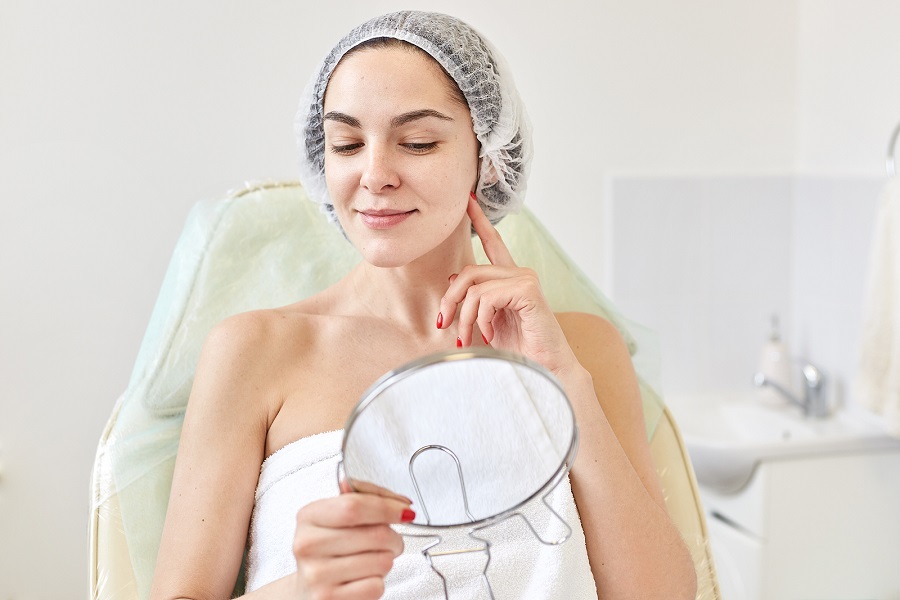

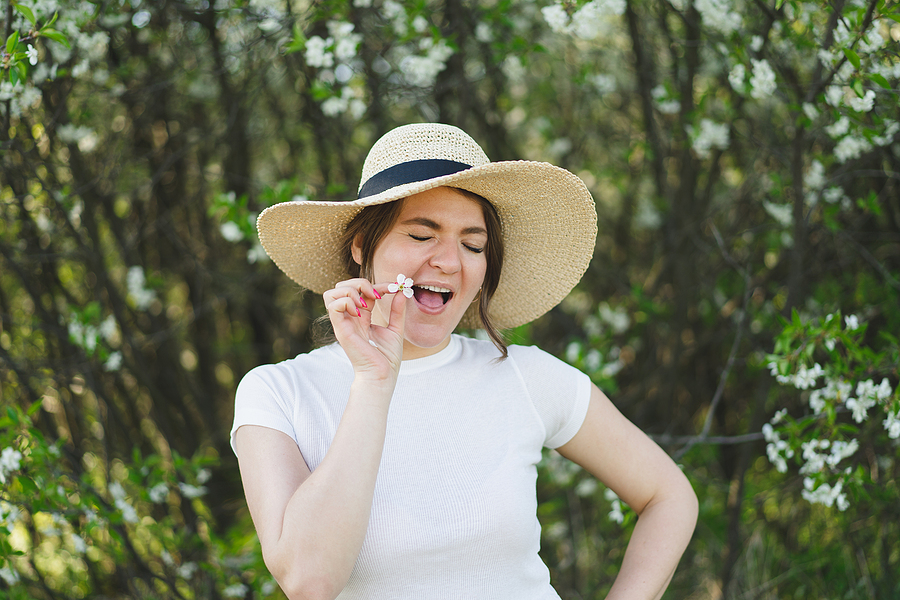




0 comments